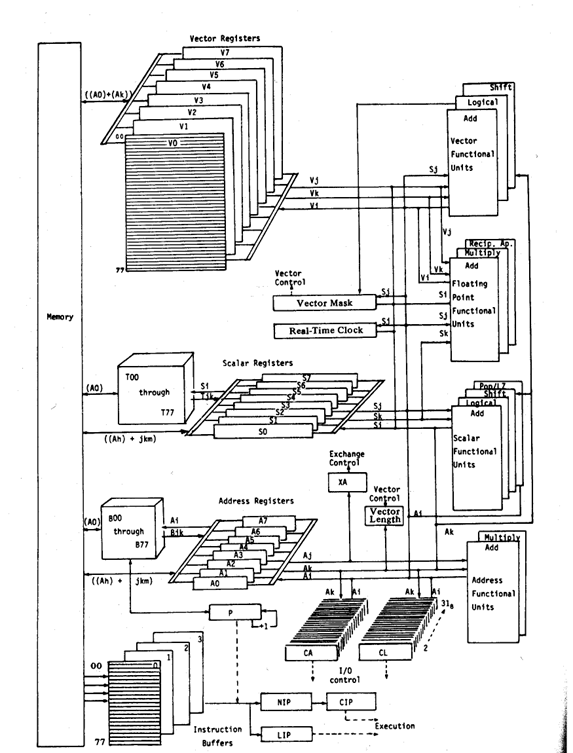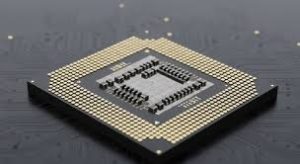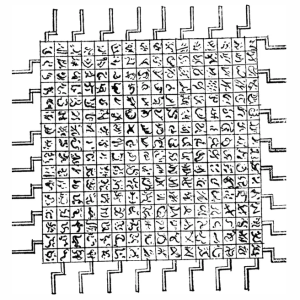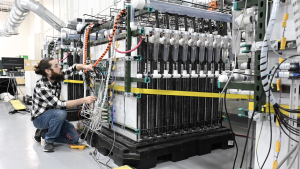Part 12. Vector Processor by Seymour Cray

content by Xing Chen
In part 1 of this series, “the glorious X86”, I voluntarily removed vector processor from the list and the discussion, this is unfair cause it is really Seymour Cray and his vector processor design that had ignited the High Performance Computing industry.

https://www.cgl.ucsf.edu/home/tef/cray/tribute.html
Seymour Cray, himself, designed totally three vector systems, the Cray-1/2/3 (Cray-1 was announced in 1975); Later on followed by Cray-XMP/YMP, then by Cray C90/J90/T90, ended by Cray-SV2/X1/X1E, the vector processor based systems from Cray lasted around 30 years (the X1E upgrade finally announced in 2005; and in-between, Cray also branded NEC SX-5/6 vector computers for North America market). All these systems are based on the vector processor pioneered by Mr. Cray! I found from the Internet the original Cray-1 vector processor design, it is quite educative:

In the 3rd edition of John L. Hennessy and David A. Patterson’s book, the “Computer Architecture — A Quantitative Approach”, published 2003, at the very end of Appendix G, “Vector Processor”, it is written: “……As the set of applications best suited for vector supercomputers shrinks, they will become less viable as commercial products and will eventually disappear…….”
(Yes, correct, David A. Patterson is a main contributor to the RISC-V ISA.)
Also in the same book, the same section, it is written: “However, the enormous price-performance advantages of microprocessor technology are bringing this (vector processor) era to an end. Advanced superscalar microprocessors (X86 included) are approaching the peak performance of the fastest vector processors, and in 2001, most of the highest-performance machines in the world were large-scale multiprocessors based on these microprocessors”.
The last Top500 №1 vector machine was the Earth Simulator around 2002 and then never again, unfortunately, it seems we can put a cross on the ground and say goodbye to vector processor. https://en.wikipedia.org/wiki/Earth_Simulator#:~:text=Earth%20Simulator%20(first%20generation),-Earth%20Simulator&text=The%20system%20was%20developed%20for,opened%20on%2011%20March%202002.
There is a question: From the application’s point of view, basically, the CPU SIMD extension and the Vector Processor’s vector floating-point functional units are doing the same thing: the vector arithmetic; then why should we re-invent the SIMD instead of directly deploy the vector floating-point functional units, plus the vector registers, pioneered by Mr. Cray, onto a modern CPU chip? Can’t they do the job?









